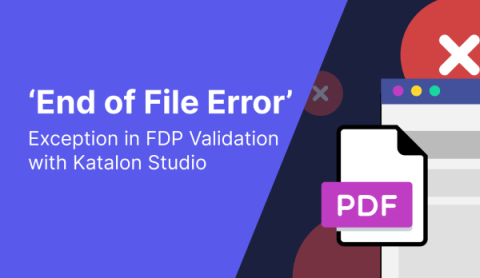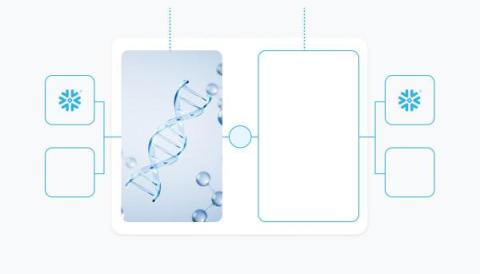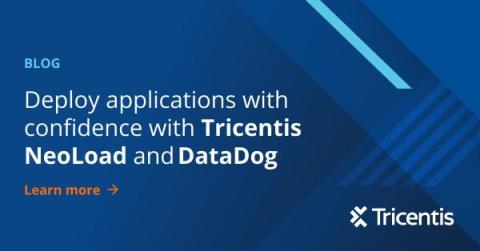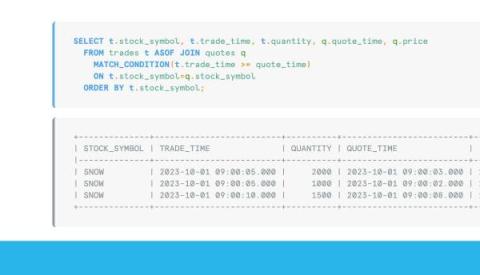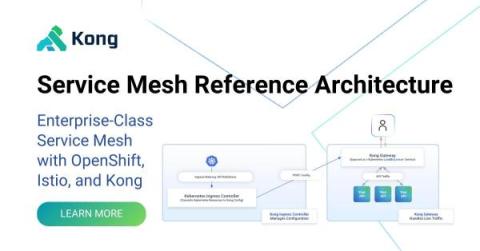Overcoming the 'End of File Error' Exception in PDF Validation with Katalon Studio
Hello, Katalon users and software testing enthusiasts! Today, we’re going to delve into a common issue that has been discussed in our vibrant Katalon Community: the ‘End of File Error’ exception when validating PDFs.


